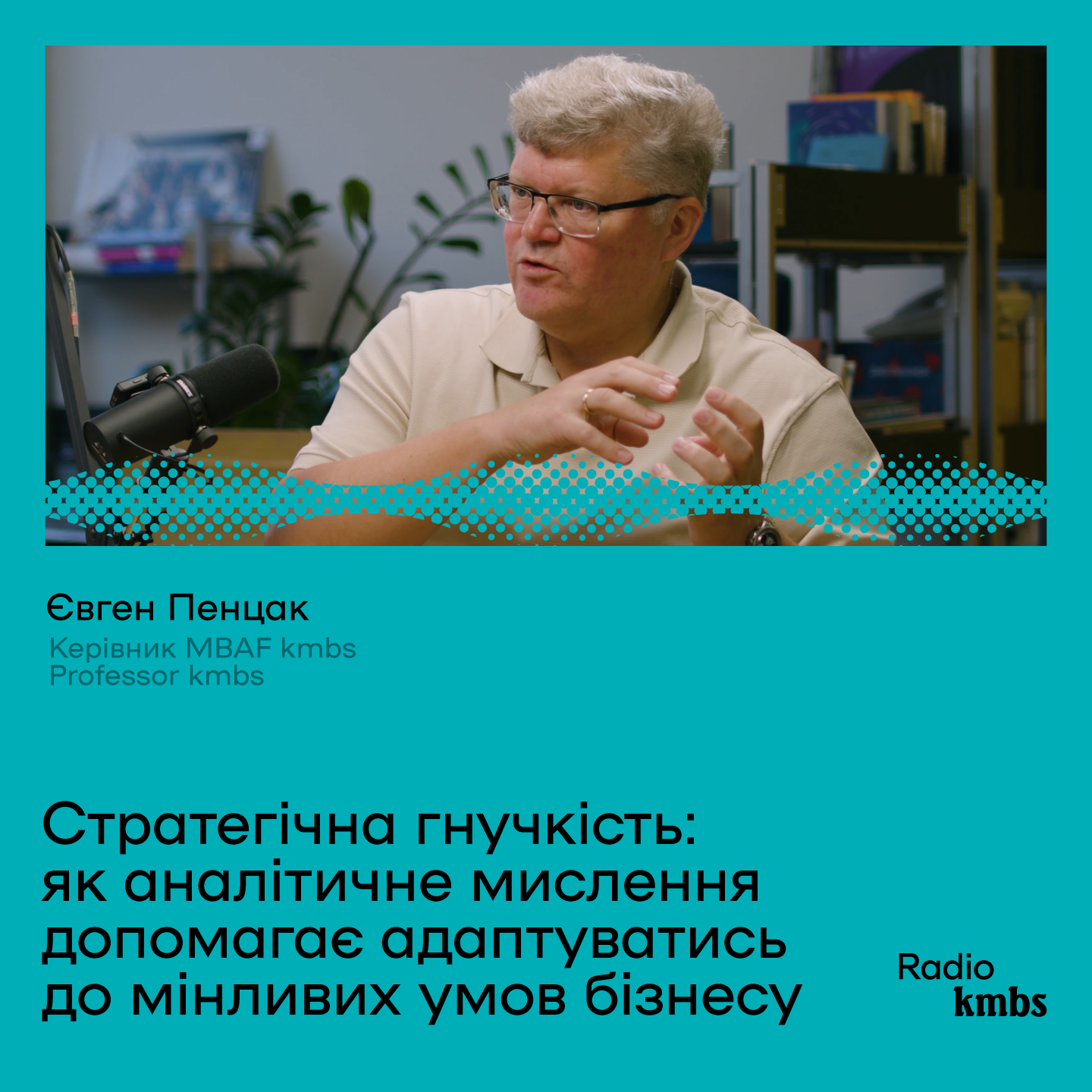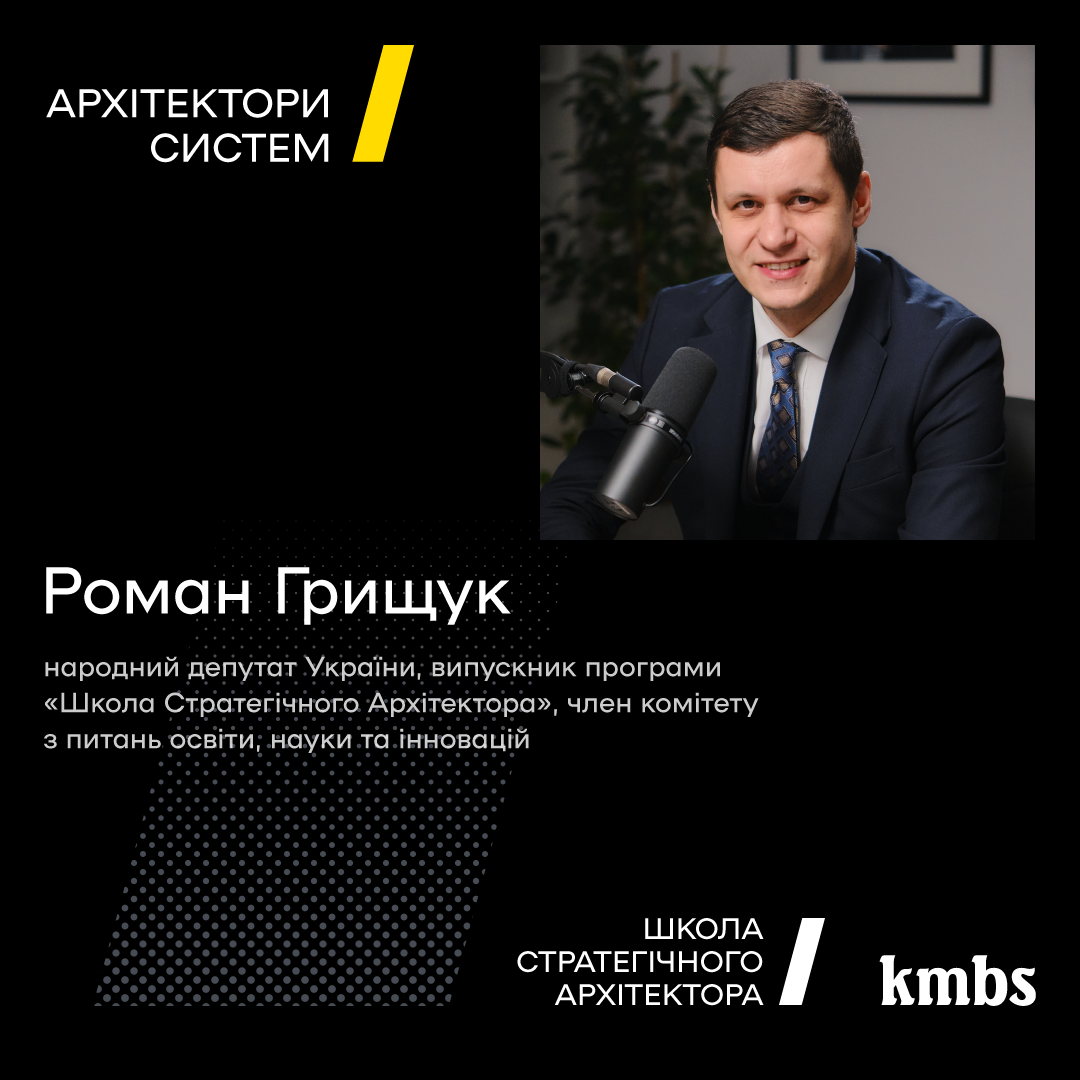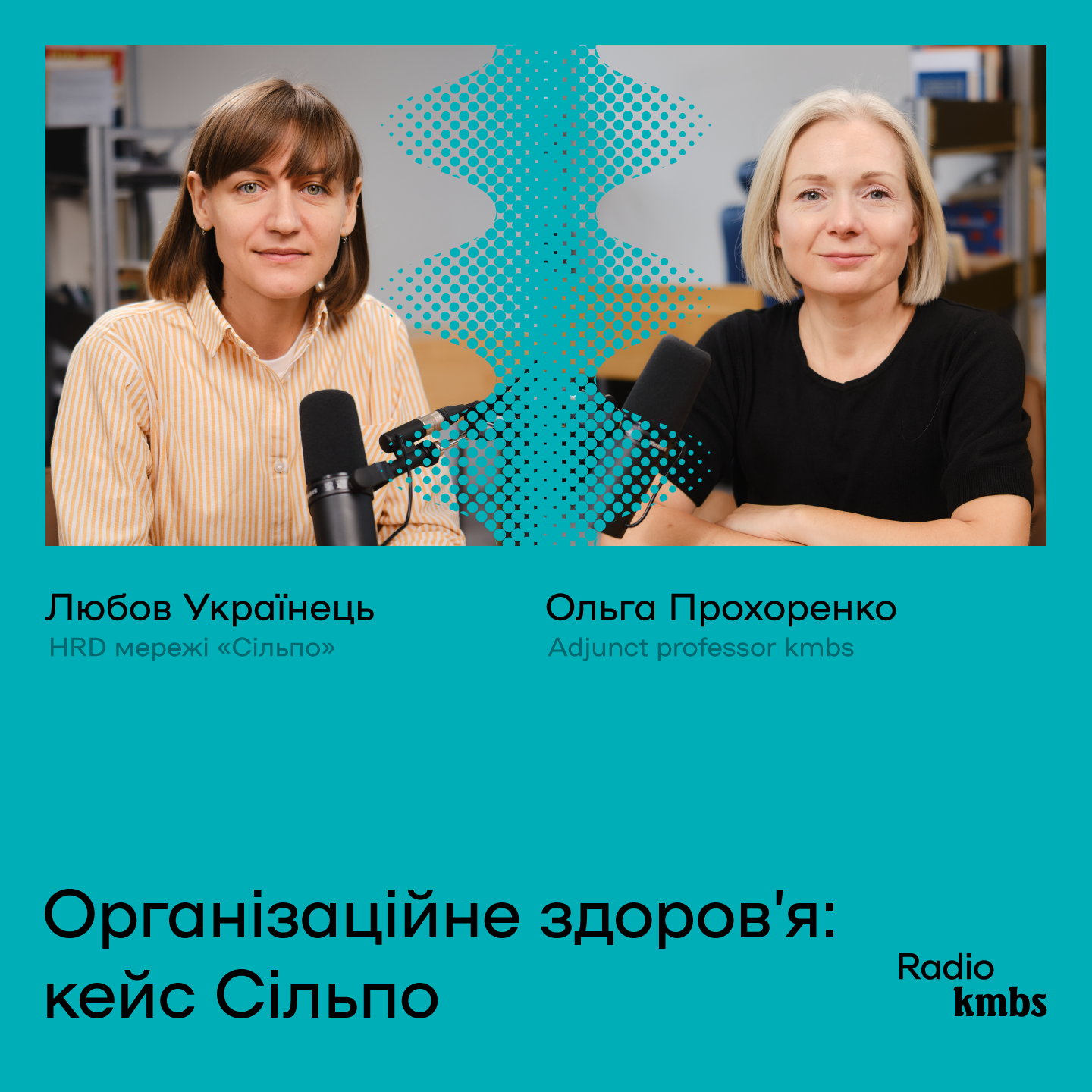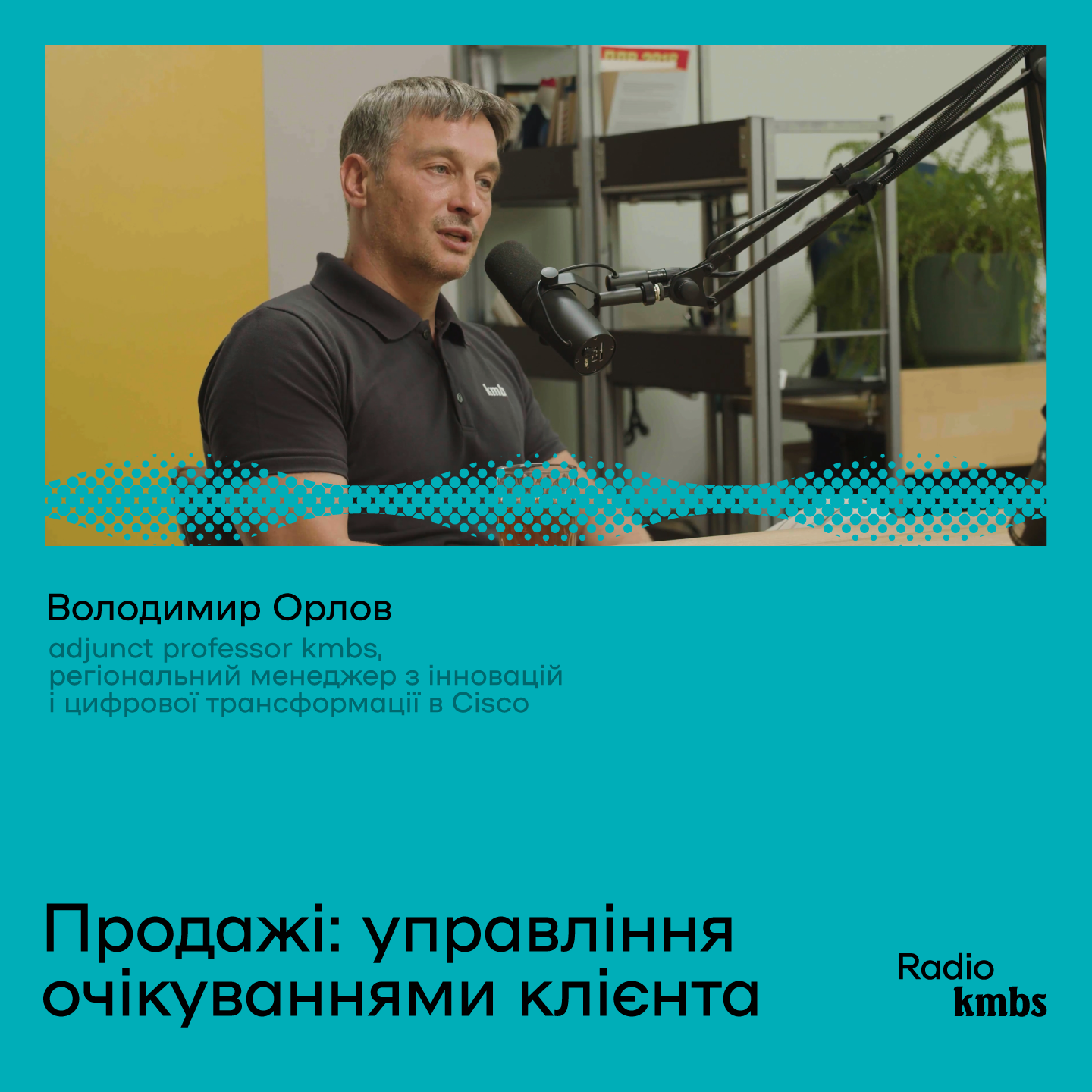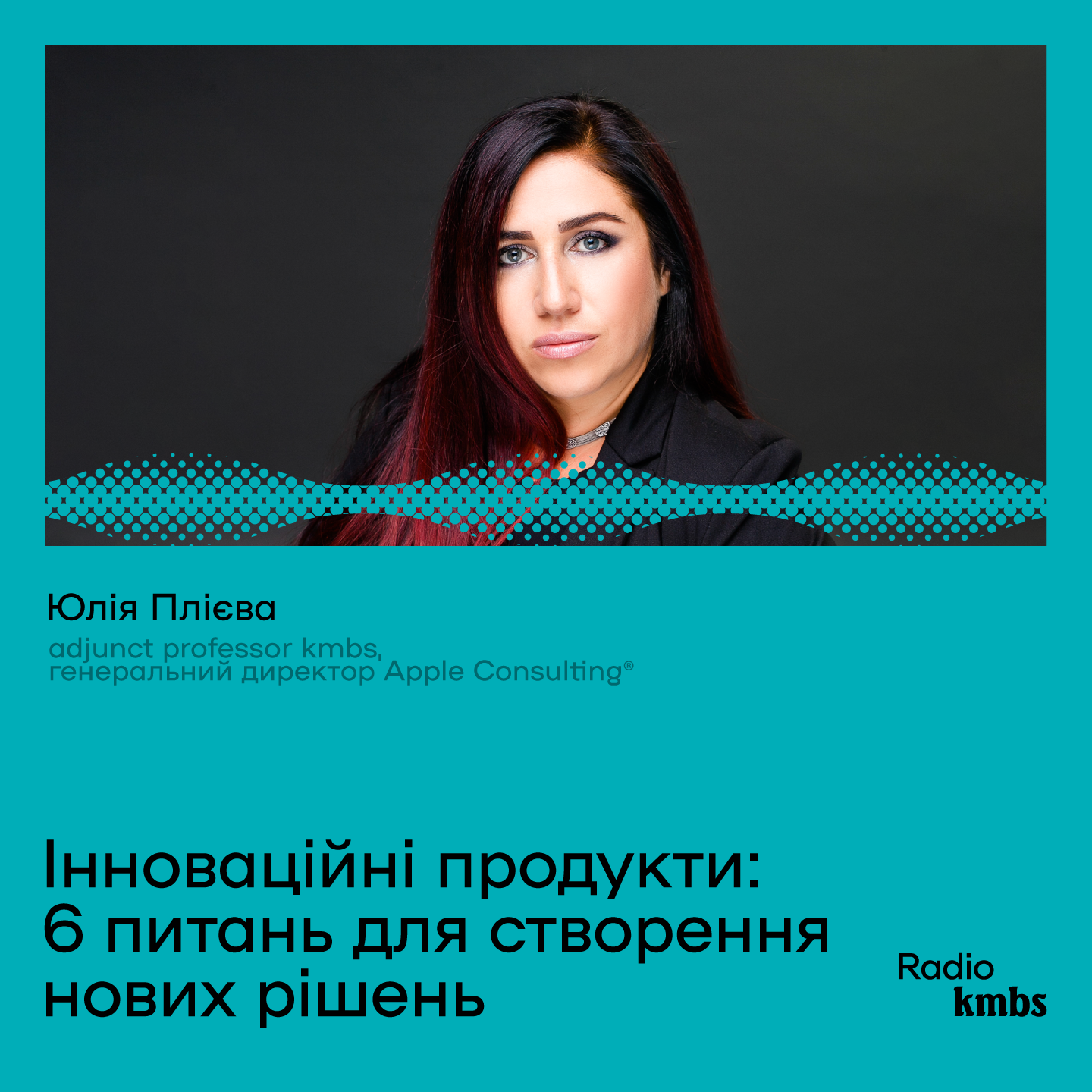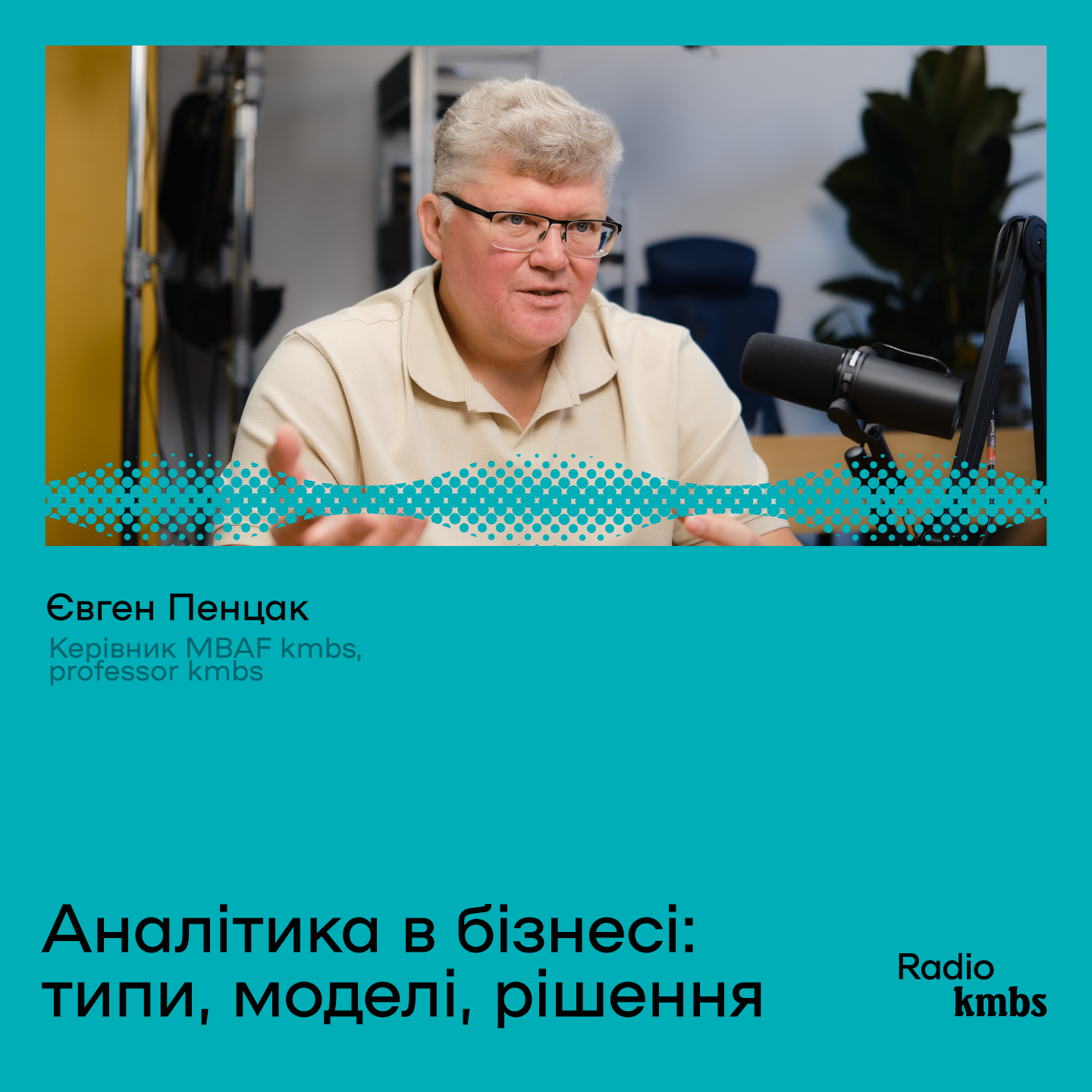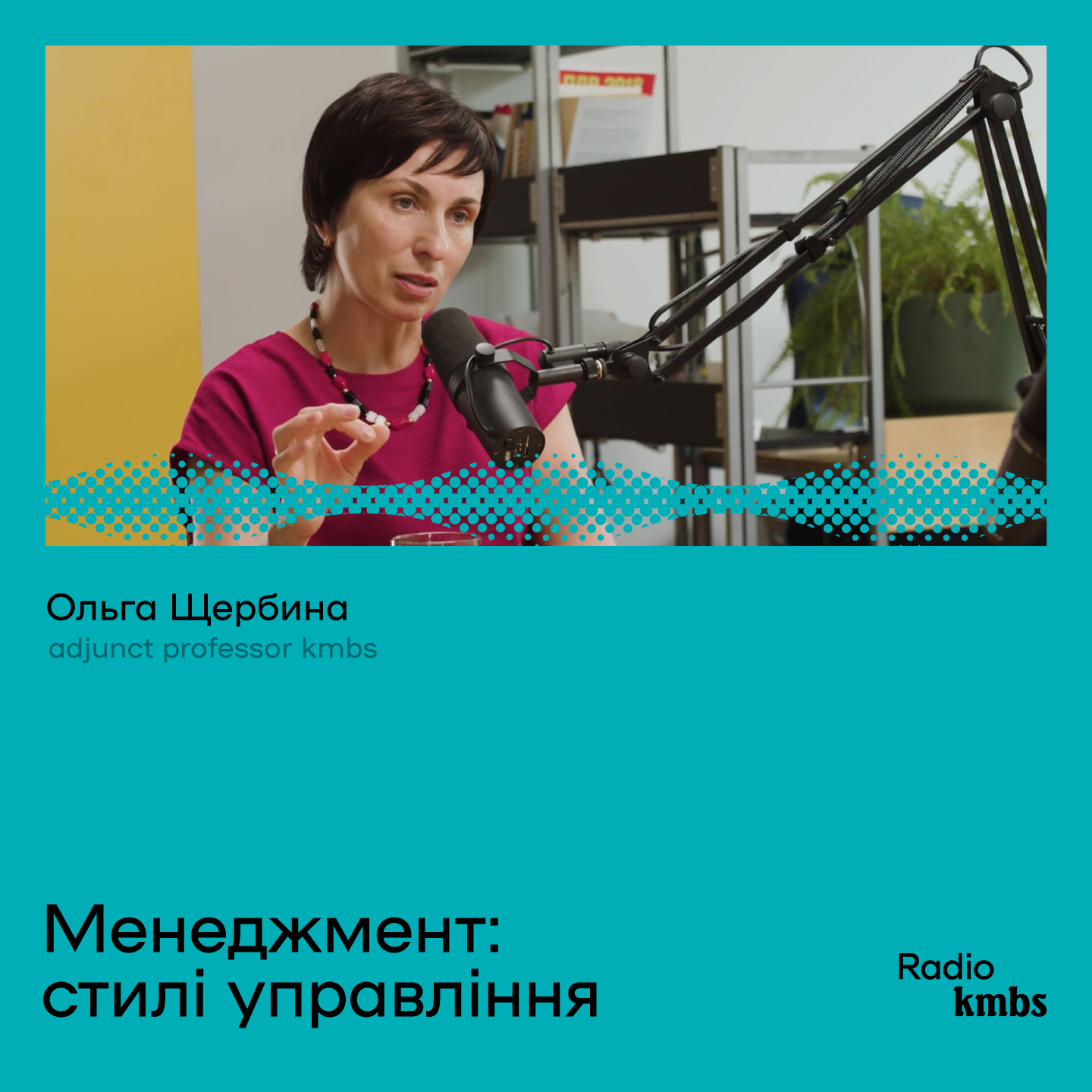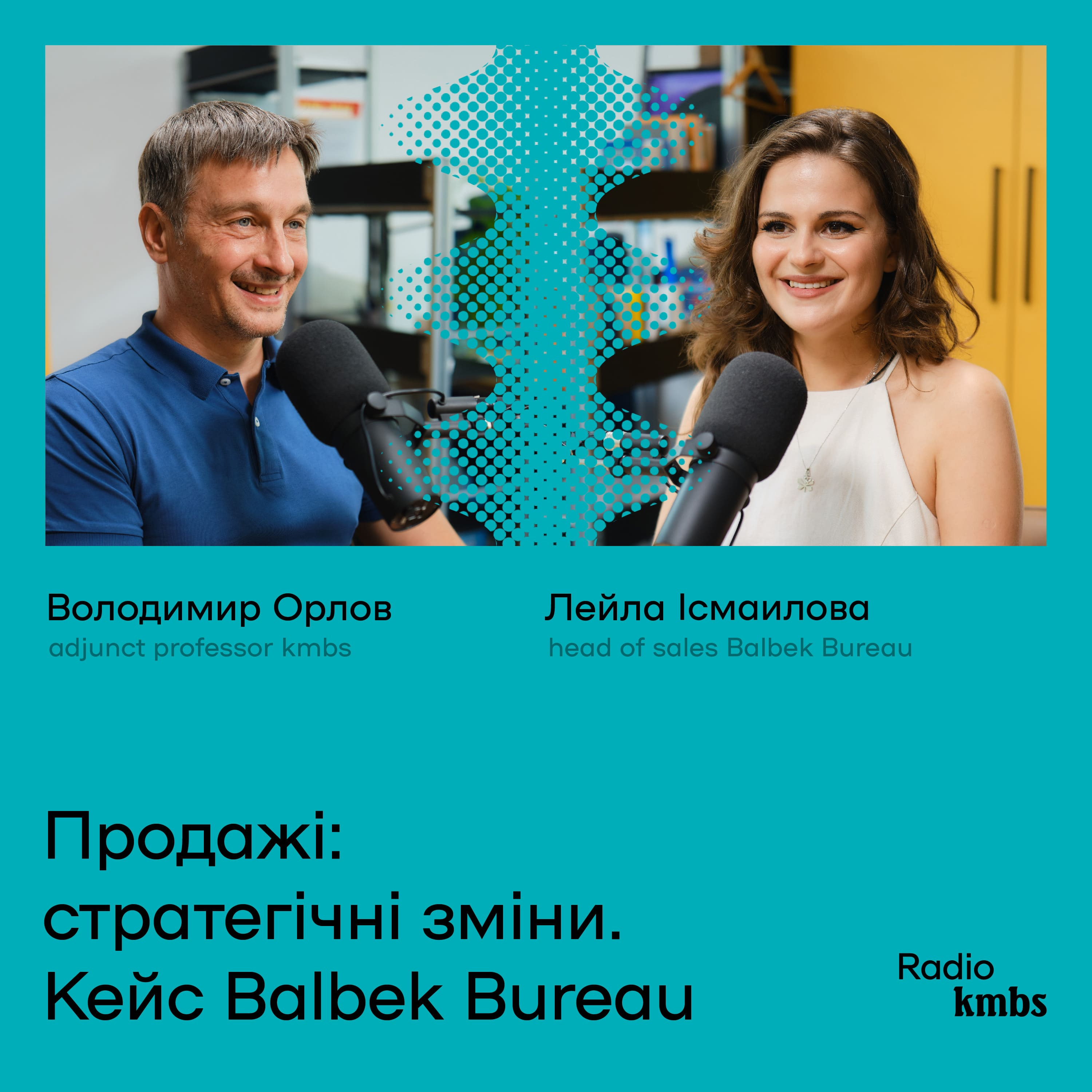Learn first
KMBS latest news in real time

For the latest KMBS events and news, visit KMBS Live at the top right corner of the screen
Open kmbs live 04.10.2022
04.10.2022 2783
2783 0min
0minStrategy, projects, and war
It is no secret that the main problem of local self-government in many regions of Ukraine is the constant lack of financial resources, which prevents the provision of high-quality services (social, infrastructural, etc.) to the community's residents. Currently, Kosiv receives a state subsidy but is trying to do everything possible to become self-sufficient. "And we also want to act as soon as possible so that life in the community improves rapidly," says Mayor Yuriy Ploskonos.
And Roksolana Martyniuk, head of the promotion, relations, and economic development department of the Kosovo City Council, shared that the community is very active in finding opportunities. "The peculiarity of our community is that we are not looking for ideas for grants. "We first look for ideas, then we conduct research, and then we prepare projects to attract funds for infrastructure," she says. — After February 24, we started applying to all possible programs, and now every month, we implement some small projects. For example, we recently finished purchasing food kits for internally displaced persons."
"Also, project activity helps us implement things that otherwise we would not be able to afford due to lack of funds," says Mr. Yuriy. "That's why we are one of the leaders in project activity out of 62 communities of the Frankiv region."
In addition to small projects, the community takes care of several large ones. The city council approved the community development strategy in December last year. This was preceded by long work: brainstorming, strategic sessions, formation of a program document. The community is following this strategy even now: it was so successfully created that after the start of the war, there was practically no need to make adjustments. At the same time, it is a living document, so specific points can be adjusted if necessary.
Mr. Yurii says that the community chose several promising directions for development — and did so only after a detailed study of local realities, traditions, and current conditions, considering the geographical and climatic components, logistics, etc.
Restoration of sheep breeding
The first of the priority areas is sheep breeding. The Kosiv community consists of two parts — mountainous and plain. The mountainous region has massive economic problems: practically no work there. The community has set itself the goal of finding a solution, and reviving the area's traditional sheep farming may be the answer.
"Until the middle of the 20th century, it was the main activity here, and everything revolved around it: milk (and all products made from it), meat, wool (which went into beds, slippers, socks, etc.)," says Mr. Yuriy
However, sheep breeding in the Kosiv region has now declined, which entails negative consequences. Let's say that farmland without sheep is overgrown with bushes. Therefore, the community decided to restore sheep breeding, but according to the best European practices, having studied foreign experience.
"The main task of this direction is to increase the economic activity of the region, to create new jobs," says Mr. Yuriy. — If people become wealthier, they stay. They don't go anywhere. And today, as you know, the main struggle in the world is for human resources. People who visit pay more taxes, and the demographic situation improves. And we can invest more money in improving living conditions. That's how a positive spiral turns: it will be good for the community, the economy, and the natural ecosystem."
This project is implemented by the city council together with USAID. "Now, USAID Agro experts and I are developing a road map on how to develop sheep farming properly," says Ms. Roksolana. — We did not ask for money, but we need the help of specialists. Everyone understands that sheep farming should be in the Carpathians, but what should it be? Should we breed meat or dairy breeds or focus on wool? What should be the legal form? And how to develop this direction further?".
Interestingly, this project is a mirror image — Kosiv implements it with the Yasinyansk community, located on the other side of the pass in Transcarpathia. Therefore, its successful implementation will contribute to the development of sheep breeding on both sides of the Carpathians.
The city council has already found a communal plot where it will be possible to organize the core of the future project. By the beginning of spring 2023, Mr. Yuriy and his team will have a complete understanding and strategy for moving forward. And then, they will look for funds to implement the plan, state or foreign grants.
Although this idea arose before the war, it gained momentum in the last six months. After all, when large-scale hostilities began in the country, the issue of food self-sufficiency became acute. "We are given weapons and shells, but if there is something we can produce ourselves, then we should do it to be less dependent on foreign donors," Mr. Yuriy explains.
And in the future, the development of sheep breeding will stimulate gastro tourism, wool processing, and other activities.
Creative crafts are the highlight of the region.
The second promising direction was the development of creative industries. Kosivshchyna is one of the few islands in Ukraine where applied and decorative arts remain very high. This is due to traditions: in the second half of the 19th century, the city consisted of three practically equal ethnic communities (Ukrainians, Poles, and Jews). To be competitive, the Ukrainian self-organized and created a weaving school.
Later, this school became famous, it began to be supported by the government, and then the institute arose. He already developed not only weaving but also other creative crafts. For 150 years, they were preserved and set in the Kosiv region, and talented children from the different areas of Ukraine came here to study. "So, our traditions have not gone anywhere, and now there are many living carriers who make money from their creativity," says Mr. Yuriy. "At the same time, these creative crafts are not something preserved in time: there is also development and a new vision."
This is evidenced, in particular, by the fact that in 2016 Kosiv won the "Creative Cities and Regions" competition. And with the help of international experts, he developed a strategy for cultural development. Experts have confirmed that creative industries are the region's highlight and provide plenty of monetization opportunities. It is about one type of tourism — culture. "Some people like to relax by the sea, while others want to come and buy an authentic embroidered shirt and take part in a ceramics workshop," explains Mr. Yuriy. Especially since December 2019, Kosovo ceramics have been included in the UNESCO representative list of the intangible cultural heritage of humanity.
But the problem is that until now, tourism in the Kosiv region resembled a quest: people had to find masters on their own to see their works. "Some are engaged in carving, some in ceramics, some make beds. But where can a person who has just arrived in the city meet these masters? In other words, the production of works of art in our country was at a high level, but it was not formed in the form of a single cultural and tourist product," Mr. Yuriy notes. That is why the idea of an infrastructure project — the creation of the Center of Carpathian Culture — arose. All the main areas of decorative art, a gallery of high-art works, an art cafe, and many other tourist attractions were to be gathered here under one roof.
The city council revitalized the building at the end of the 19th century, which once housed a carpet workshop. They attracted funds from the local budget, from the budgets of higher levels, and from European grants. According to Mr. Yuriy, this project has become the largest infrastructure project in the Ivano-Frankivsk region.
It was almost finished, the community had many plans for this building, but the war began. Therefore, they did not have time to complete the restoration work, even though there were (and still are) funds for this in the accounts. After all, a government resolution prohibits spending budget money on non-priority projects. Today, the city is trying to attract European and American grant funds to finally start the building (for example, to make an elevator for citizens with reduced mobility).
The unexpected also happened: the Vandra Rugs company, which before the war was engaged in the production of carpets with traditional Scandinavian patterns in Nova Kakhovka, approached the city administration. After the invasion began, she managed to get out of the occupied territory and remove the equipment — but needed a place to set up the workshop. "Somehow, the stars aligned, and everything happened: the building of the Carpathian Culture Center once housed a carpet workshop, Kosovo has a weaving tradition — and that's why Vandra Rugs wanted to stay here," says Mr. Yuriy.
Now the company is already actively working and plans to stay in Kosovo even after the end of the war and to open a branch in Nova Kakhovka. Mrs. Roksolana is sure: "Strategically, this is of great importance for our region, so we try to help Vandra Rugs as much as we can. These are jobs, taxes, and the development of creative business."
Another enterprise, GUSHKA, which is engaged in producing woolen products and is now refocusing on export, intends to be located in the Center of Carpathian Culture. Local weavers who know how to create authentic beds, paths, guns (traditional clothes), etc., were involved in this project.
Big IT migration
"The Carpathian Culture Center became the first development project for our community," says Ms. Roksolana. "It becomes a center of local and relocated business related to creative industries, the revival of crafts."
And Mr. Yurii says that the Center has two main tasks: to become a magnet that attracts tourists here and to be self-sufficient self-supporting. To fulfill the second task, the city council had an idea to create a creative hub or a hub for IT people or active local youth.
In the end, that's what happened — the war accelerated this process because, since February, many representatives of the IT industry moved to Kosiv. "These are very socially active, patriotic people," says Mr. Yuriy. — They helped us a lot in the early days when we received humanitarian aid for internally displaced persons. Help unload cars, even in the middle of the night, sort help, etc. We hope some of these people will stay here and are trying to create the most favorable conditions for them."
Therefore, an IT co-working space will be located on one of the Center of Carpathian Culture floors. Relocated IT specialists are actively engaged in setting up a co-working space, investing their money in it, and even planning to install Starlink. Mrs. Roksolana says that many IT people from large cities in Ukraine are already ready to move to Kosovo and re-register FOPs. And it will also benefit the community.
Challenges of relocation
Even though the relocated enterprises mean additional revenues to the budget for the community, the city council is also aware of the existing limitations.
First of all, it is the lack of a convenient railway connection. Another problem concerns the lack of space. "We have requests from relocated entrepreneurs, but we have very little municipal production space," shares Ms. Roksolana. — The community has 20 objects. Still, only two of them are communally owned (one of them is the Carpathian Culture Center). Private options are plentiful, but the commercial real estate market lives by its laws, and prices can be pretty high. Also, owners are often ready to sell rather than rent. We also have a municipal land plot of 4 hectares, which we are prepared to provide upon specific request."
56% of the community area is forest, a protected area that restricts industrial activities. "Therefore, Kosiv cannot count on the creation of large-scale productions but rather on medium and small businesses. And, of course, tourism. What is a negative factor for industrial production is a positive factor for tourism — in particular, a national park where trekking routes can be laid," says Mr. Yuriy.
Investment prospects
Before the start of the full-scale war, the Kosiv community was developing several large investment projects in tourism. The city council held tenders, engaged consulting firms, and developed projects that could become even bigger tourist magnets for the region.
First, it is a sports and recreation complex, "Urochyshche Mikhalkiv." There is a mountain in Kosovo where a ski school has existed since the mid-1960s, one of the strongest in Ukraine. Famous Ukrainian athletes studied here. Later, the school fell into disrepair, and the property passed into private hands, but the city council managed to return it to communal ownership. "Before the war, we developed a concept that provides a ski base and an all-season complex. It needs investments of EUR 5-10 million," shares Mr. Yuriy.
Another object is a recreational complex with a swimming pool, which the Poles built before the Second World War. In 1939, it was the largest swimming pool in western Ukraine, and the elite rested either in Zakopane or Kosovo. Local activists and the authorities concluded that this facility should be turned into a recreational complex with an outdoor pool. Nearby there are mines filled with salt, so the water is salty. Therefore, one of the directions of the Center's work can be treatment and rehabilitation. It needs 2 million euros of investment.
Of course, finding investors during a war is difficult, even in a relatively peaceful region. Mr. Yuriy and his team planned to participate in investment forums, but now it is practically impossible. At the same time, he emphasizes: if an investor appears ready to invest in these tourist facilities, the community will support him as much as possible.
"If you plan a business, especially in the field of tourism, then Kosivshchyna is one of the most profitable places to invest money in," Mr. Yuriy is convinced. — We always have something to show people. At the same time, land and real estate prices are low compared to more popular tourist destinations. Today, Kosovo is terra incognita: people don't know much about it, but when they come, they are amazed by how many exciting things there are."
